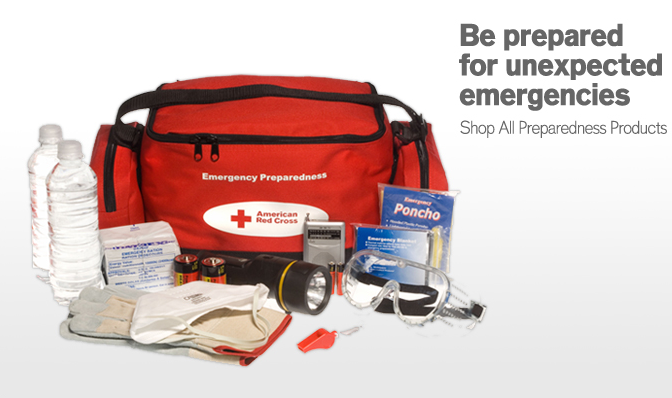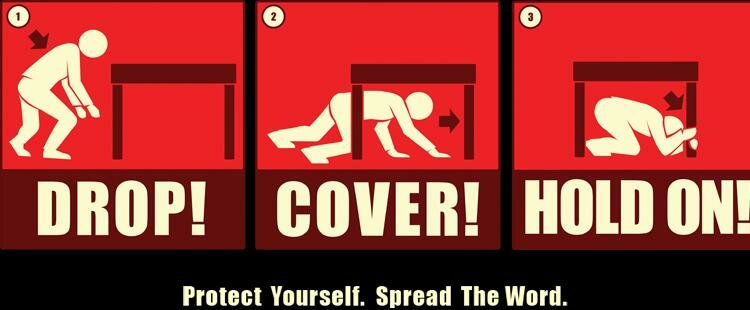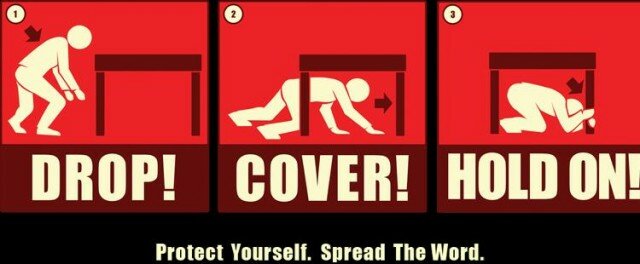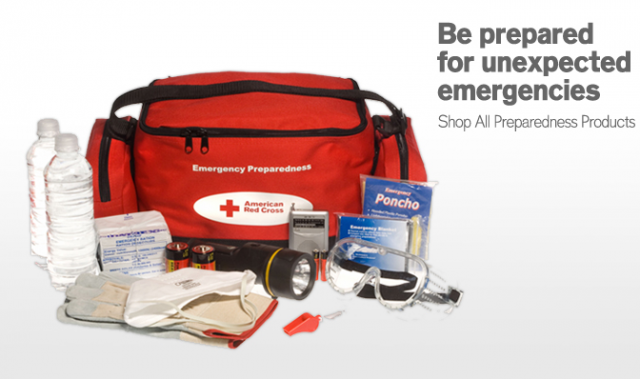
With a 7.7 earthquake to the north at Haida Gwaii and Hurricane Sandy working over the East Coast, it feels like a good time to have Arne (@nwquakes) talk with emergency management expert Carol Dunn (@caroldn) about a higher-risk group: renters. Part 1 is here.
What’s a good strategy for getting together emergency supplies in your apartment, given that you don’t have a lot of spare space?
Storage space can be a problem in rental units, but you shouldn’t make that an excuse not to have backup food and water. Find ways to make it work. Remember, disaster supplies are simply things you own that are useful in disasters. A lot of people’s mental picture of disasters supplies involve shelves of specifically bought supplies gadgets kept in a shed or garage—that actually isn’t the best way.
You should try to make disaster supplies part of your everyday life. Your goal is to find a way to have backup ways to get water, food, medicine, heating, information, and light. The best way to do it is to see what you already have. Designate some space to let you pull your supplies together. This can be a shelf in a cupboard, or under, behind, or inside a piece of furniture.
Tips for Supplies
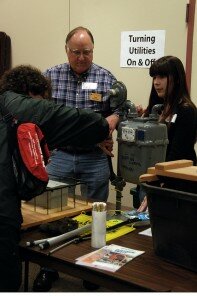
Water: Store water either by buying multi-gallon water jugs or by filling cleaned soda bottles with water. Learn different techniques for purifying water. If you don’t have a water heater (which is a good source of emergency water), find out how your building provides heated water. Often there are large central water tanks that hold hundreds of gallons of water.
Talk to the management company or building owners about their plan for a water emergency. Who has access to the tanks? How can residents contact the manager/building owner if none of their representatives are on site during the emergency? Your goal should be to have a gallon of water per person per day for at least three days, but it’s best if you can store even more. It is a lot of water, so be clever in how you store it. Don’t let the large amount give yourself permission to put off doing it. Store what you can to start with.
If you are filling your own bottles, be sure to refill them every six months: tap water can in fact “go bad”; that is, it can get contaminated by bacteria over time. If you have any reason to worry about the quality of your water, purify it before drinking it.
Food: Energy/snack bars and nutritional drinks are easy to store emergency food.
Medicine: Insurance/Medicaid rules often make it difficult to have back up prescriptions. Get in the habit of requesting refills the date you are allowed to request them and not when you are running out. Also keep a list of prescriptions, doses, and the number of your doctor and your pharmacy in your wallet. It is possible to get emergency replacements for prescriptions that were lost due to a disaster. Having the ability to provide information about your medical needs will speed up the process. You can also request replacement prescriptions by going to a public health clinic or an emergency shelter and talking to their staff.
You should get together some first aid supplies in case of injury. Bandages, gauze, aspirin, disinfectant, tissues, plastic gloves, soap: They’re all compact, inexpensive items you’ll need if you get injured and help can’t reach you and you can’t reach help.
Heating: Blankets, sweaters and hand warmers can provide safe heating. Avoid heaters that generate fumes of any sort. In long-term power outages normal ventilation in buildings no longer runs, so air is not moving. Over time, this can make non-electric heating devices, like propane heaters or camp stoves, dangerous—even if their labels say they can be used indoors.
Information: Keep a battery or crank radio handy so you can get information about the location of shelters or emergency food and prescription replacement. If you have a car, consider buying an inverter so it can charge phones and laptops. Emergency information in our area is usually available on local radio stations (often AM 1000, or FM 97.7 or 97.3), online at www.rpin.org, www.seattleredcross.org, and most city government websites, or by calling 211. Keep a paper list of phone numbers for the people and services that are important to you.
Lighting: Use flashlights, glow-sticks, or battery- or crank-powered lanterns. If using batteries, have spare batteries on hand.
